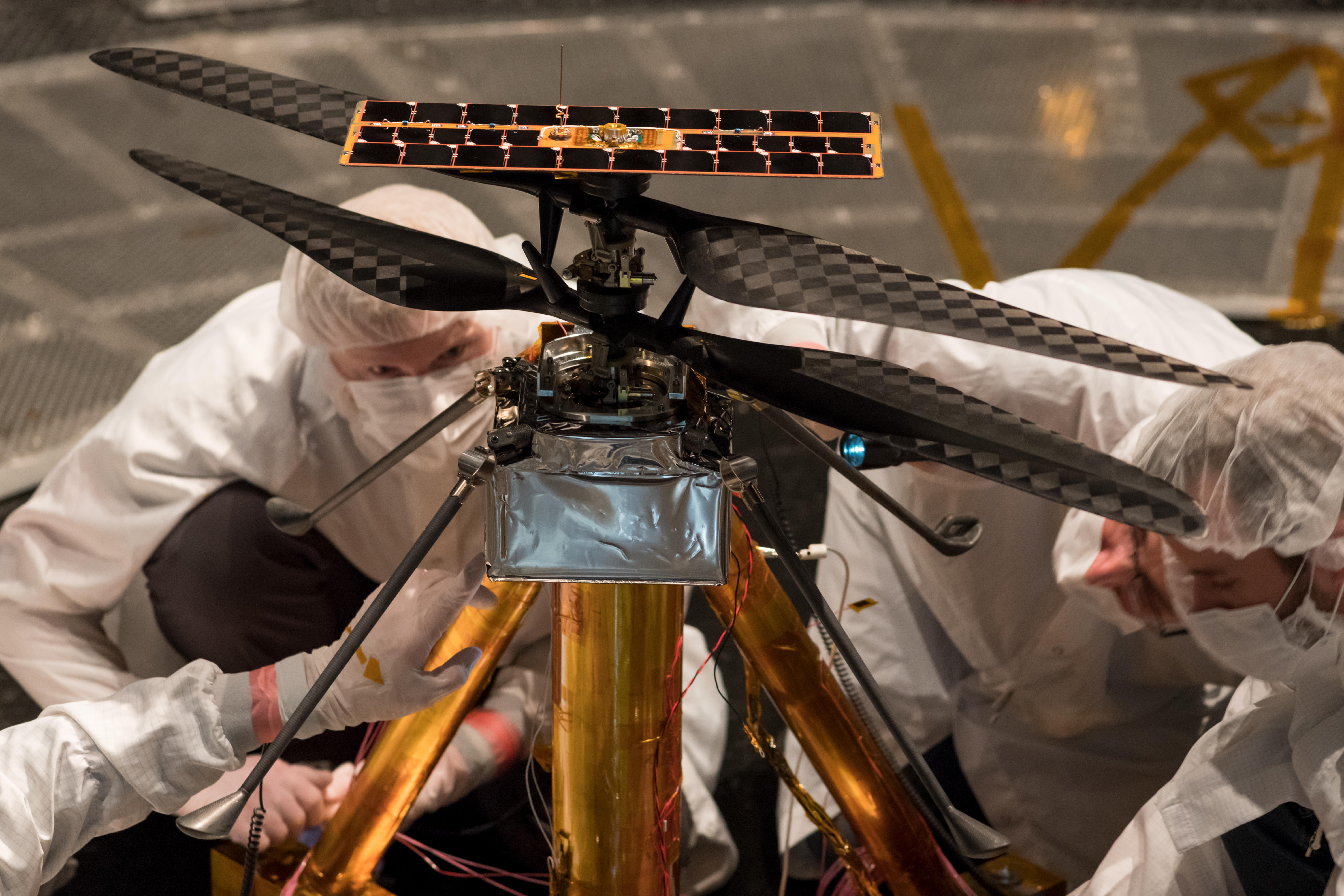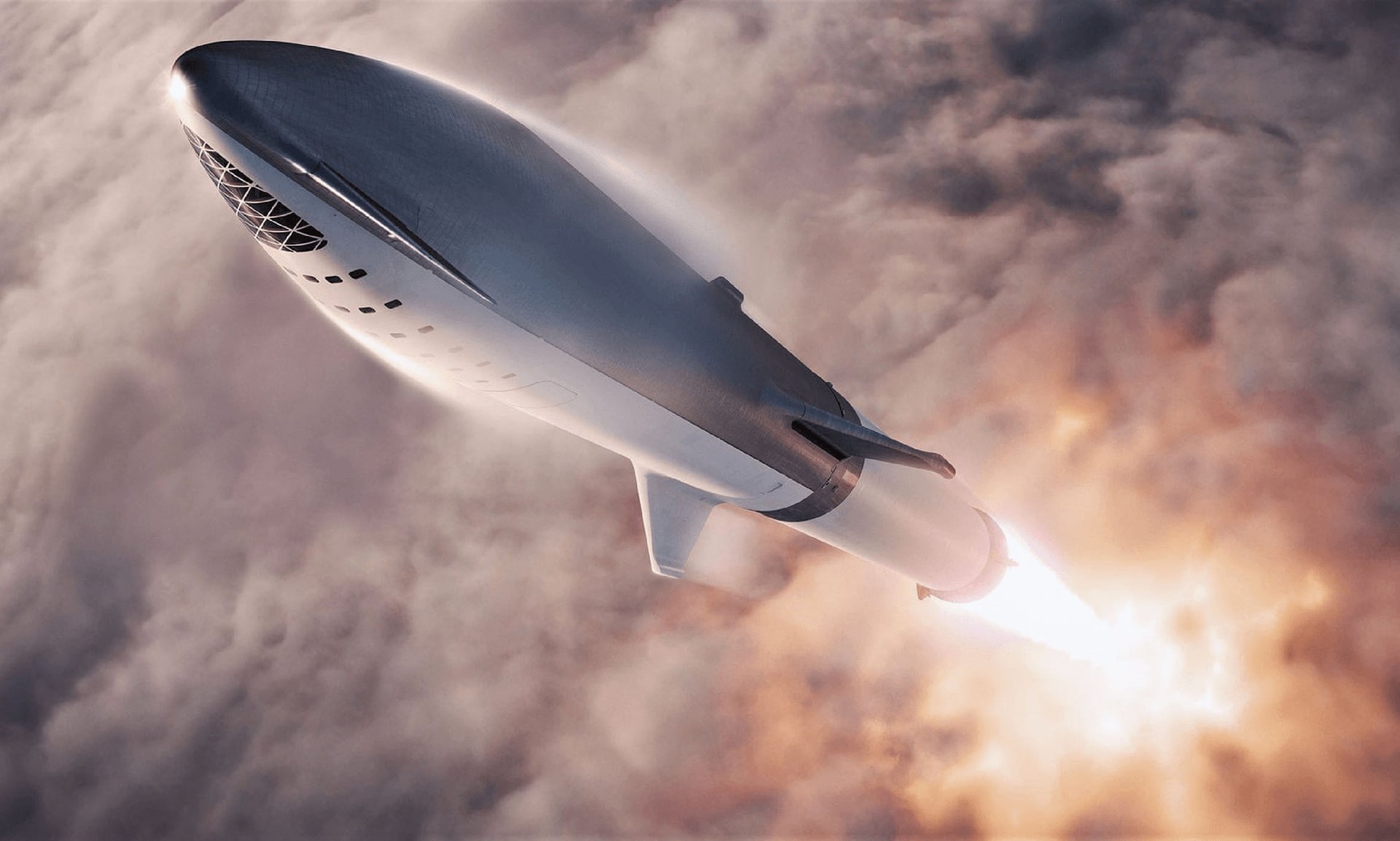
This high-definition image was taken on Sept. 7, 2018, during the third and final test flight of the ASPIRE payload. It was the fastest inflation of this size parachute in history and created a peak load of almost 70,000 pounds of force.
Credits: NASA/JPL-Caltech
In the early hours of Sept. 7, NASA broke a world record.
Less than 2 minutes after the launch of a 58-foot-tall (17.7-meter) Black Brant IX sounding rocket, a payload separated and began its dive back through Earth’s atmosphere. When onboard sensors determined the payload had reached the appropriate height and Mach number (38 kilometers altitude, Mach 1.8), the payload deployed a parachute. Within four-tenths of a second, the 180-pound parachute billowed out from being a solid cylinder to being fully inflated.
It was the fastest inflation in history of a parachute this size and created a peak load of almost 70,000 pounds of force.
This wasn’t just any parachute. The mass of nylon, Technora and Kevlar fibers that make up the parachute will play an integral part in landing NASA’s state-of-the-art Mars 2020 rover on the Red Planet in February 2021. The Jet Propulsion Laboratory’s Advanced Supersonic Parachute Inflation Research Experiment (ASPIRE) project conducted a series of sounding rocket tests to help decide which parachute design to use on the Mars 2020 mission.
Two different parachutes were evaluated during ASPIRE. The first test flight carried almost an exact copy of the parachute used to land NASA’s Mars Science Laboratory successfully on the Red Planet in 2012. The second and third tests carried chutes of similar dimensions but reinforced with stronger materials and stitching.
On Oct. 3, NASA’s Mars 2020 mission management and members of its Entry, Descent, and Landing team met at JPL in Pasadena, California, and determined that the strengthened parachute had passed its tests and was ready for its Martian debut.
“Mars 2020 will be carrying the heaviest payload yet to the surface of Mars, and like all our prior Mars missions, we only have one parachute and it has to work,” said John McNamee, project manager of Mars 2020 at JPL. “The ASPIRE tests have shown in remarkable detail how our parachute will react when it is first deployed into a supersonic flow high above Mars. And let me tell you, it looks beautiful.”










